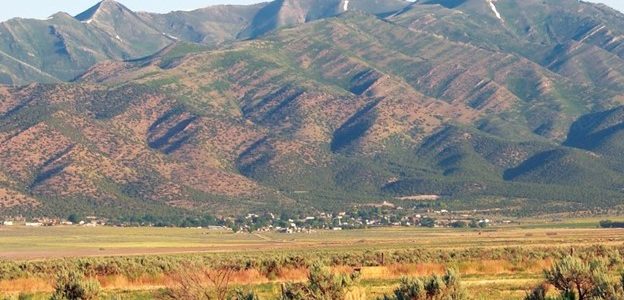Fall temperatures have begun after a summer of successful water conservation.
Eagle Mountain this year has reported relatively strong conservation numbers. The community saw a 12.46% decrease in water usage over the same period in 2021 (2nd quarter – April through June) and expect that the following quarter (July through September 2022) will show similar results when that information becomes available.
Eagle Mountain residents have frequently wondered about the status of the Cedar Valley’s aquifers — permeable rock that contains groundwater beneath the valley floor.
According to Jordan Nielson, Eagle Mountain City Water Conservation and Quality Control Specialist, the City draws water from not just one aquifer, but multiple.
“At each of our source locations there is specific instrumentation that measures the aquifer level from which that particular source is drawn,” says Nielson. “Nothing from those measurements would indicate that we will not have adequate aquifer levels well into the future even with population growth and during periods of extended drought.
Nielsen says those levels are remotely viewable by water department employees at any time and constantly recorded by our City’s SCADA (Supervisory Control and Date Acquisition) system.
According to the Utah Geological Survey, about 90% of the content of our local aquifers emanates from precipitation in the nearby Oquirrh Mountain Range west of the Cedar Valley. That water subsequently flows underground in an easterly direction under the valley.
This has been happening for thousands of years before the current population of Eagle Mountain came on the scene. Additionally, local precipitation, unused irrigation water and other water sources eventually work their way into the aquifer system.
Eagle Mountain City’s data reveals that 75% of the water used is supplied by these aquifers and the other 25% is supplied by the Central Utah Water Conservancy District.
City Public Utilities Manager Mack Straw says he’s grateful for the effort during the summer months.
“We would like to thank the residents of Eagle Mountain for their conservation efforts.”
Eagle Mountain City experienced several downed water wells during the summer months that required time and resources to fix. Resident’s conservation efforts were critical when balancing water availability while repairs were being made.
Since new development and higher population increases water usage, the City requires developers to turn over the water rights for their property and pay infrastructure costs in the form of impact fees for extracting that water. This allows the Water Department the ability to extract more ground water for City use as needs arise.
Though Eagle Mountain is in a relatively good position water-wise, the City encourages residents to continue their conservation practices. This way Eagle Mountain can be confident that water needs are sustainable.


